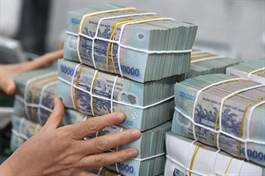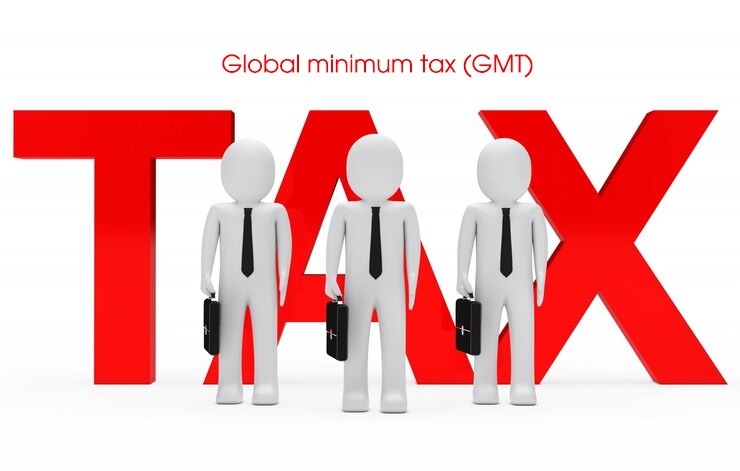Green credit now a business necessity
Green credit now a business necessity
Stakeholders highlighted the need for green capital and identified key issues for expanding green credit and finance at a seminar last week.

Bank representatives at the VIR seminar on December 4, on lighting the path for green financing and organised in conjunction with Agribank, said that many lenders are strongly participating in these efforts and bringing positive initial results.
According to Pham Thi Thanh Tung, deputy general director of the Department of Credit for Economic Sectors under the State Bank of Vietnam (SBV), the system’s outstanding green credit balance has seen an average growth rate of more than 23 per cent annually since 2017. By September 30, outstanding green credit loans accounted for about 4.4 per cent of the economy’s total outstanding loans.
“Within the 12 green sectors prioritised by the SBV, notable emphasis has been placed on renewable energy and clean energy, constituting nearly 45 per cent, and green agriculture, which represents over 30 per cent,” Tung said, highlighting that credit institutions have fortified their environmental and social risk assessments during credit disbursement.
From a commercial banking perspective, Phung Thi Binh, deputy general director of Agribank, underscored the lender’s establishment of various large-scale agricultural models across different regions, including flower cultivation in the Central Highlands province of Lam Dong, basa fish farming in the southern province of An Giang, and corn production in the northern province of Son La. Aside from their environmental effects, these initiatives have fostered widespread collaboration between businesses and local communities.
“To date, Agribank’s clean agricultural and high-tech agricultural loan portfolio has represented half of the total capital in this sector. The outstanding loans are serving over 300 clients, predominantly farm owners and cooperative groups, with more than 98 per cent of them being individuals,” she said.
Lam Thuy Nga, country director of Large Corporate Customers at HSBC Vietnam, emphasised HSBC’s role as a conduit for substantial green capital inflow into the Vietnamese market, amounting to up to $2 billion.
“There’s substantial demand for green capital, characterising it as not only a prevailing trend but also a critical necessity for businesses, particularly those in export sectors, to adapt to international market dynamics,” Nga explained.
However, she underlined that for Vietnamese businesses to access these substantial green capital flows, numerous improvements are required, with an emphasis on aligning with international credit market standards which usually surpass those of domestic banks. Additionally, she urged businesses to avoid perceiving green credit as a source of cheap capital.
“Businesses need to see this as an investment for the future, aiming for sustainable development and shared benefits. While banks can facilitate easier access to capital and support in terms of loan tenures, conditions, and interest rates, it should still be assessed as an investment and not a cheap source of capital,” Nga noted.
On the business side, they are also waiting for green criteria to determine credit activities. HSBC currently has established internal criteria compatible with the international market, with standards that are quite stringent. “Many customers have not met them, making the customer support process time-consuming and costly due to the need to involve additional third-party consultants,” Nga added.
According to Nguyen Ba Hung, principal country economist of the Asian Development Bank in Vietnam, the country’s need for green credit and capital is apparent.
“Recent estimates from the International Finance Corporation suggest that investment in activities related to climate change in Vietnam could hit $757 billion by 2030. Of which, green credit capital from international organisations plays a role in creating momentum for market development,” Hung said.
However, to draw green credit capital, Hung suggests that the government and relevant agencies need to enhance the legal framework for green finance, aligning it with current Vietnamese practices and future international standards to ensure optimal simplicity and transparency.
“Concurrently, efforts should be directed towards enhancing the legal framework for green economic sectors as a whole and fostering the development of traditional financial markets to establish a solid foundation for green finance,” he noted.
Sharing the same vein, Tung of the SBV emphasised the need to develop a roadmap for implementing policy mechanisms that support green industries. This includes addressing aspects such as taxes, fees, capital allocation, technology integration, market development, strategic planning, and overarching development strategies for each industry and field.
“This synchronised approach aims to enhance the attractiveness and effectiveness of green credit capital,” she said.

























